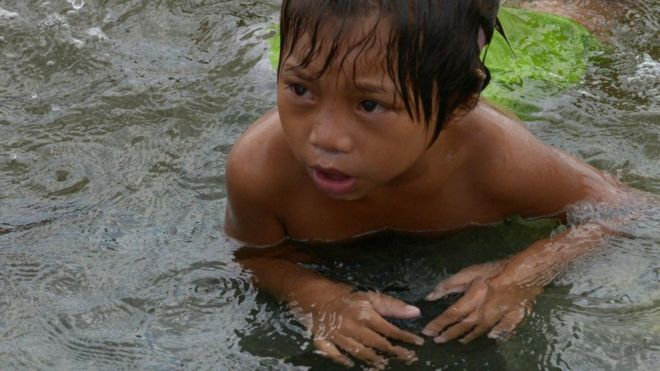Not only are they hungry, but now typhoid too!!!
Palestinian refugee camp in Syria hit by typhoid outbreak

© Youssef Karwashan, AFP | Palestinian women who fled the Yarmouk refugee camp at a school in Damascus in April 2015.
Text by NEWS WIRES
Latest update : 2015-08-19
The UN agency for Palestinian refugees said on Tuesday that there is a typhoid outbreak among civilians from the besieged Yarmouk Palestinian refugee camp on the outskirts of the Syrian capital, with at least six confirmed cases.
Christopher Gunness, spokesman for the agency known as UNRWA, said its staff gained access to Yalda, an area east of the Yarmouk camp hosting displaced Palestinian refugees and Syrian civilians, for the first time since June 8 and established a mobile health point.
UNRWA said in a situation report that its medical personnel provided 211 consultations over the course of Tuesday in Yalda, including confirming six cases of typhoid.
Continue reading at:
Middle East - Palestinian refugee camp in Syria hit by typhoid outbreak - France 24?
Palestinian refugee camp in Syria hit by typhoid outbreak

© Youssef Karwashan, AFP | Palestinian women who fled the Yarmouk refugee camp at a school in Damascus in April 2015.
Text by NEWS WIRES
Latest update : 2015-08-19
The UN agency for Palestinian refugees said on Tuesday that there is a typhoid outbreak among civilians from the besieged Yarmouk Palestinian refugee camp on the outskirts of the Syrian capital, with at least six confirmed cases.
Christopher Gunness, spokesman for the agency known as UNRWA, said its staff gained access to Yalda, an area east of the Yarmouk camp hosting displaced Palestinian refugees and Syrian civilians, for the first time since June 8 and established a mobile health point.
UNRWA said in a situation report that its medical personnel provided 211 consultations over the course of Tuesday in Yalda, including confirming six cases of typhoid.
Continue reading at:
Middle East - Palestinian refugee camp in Syria hit by typhoid outbreak - France 24?




